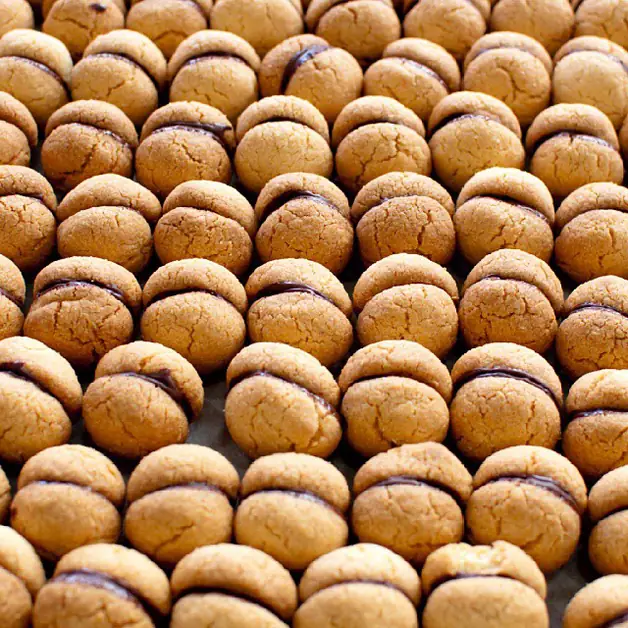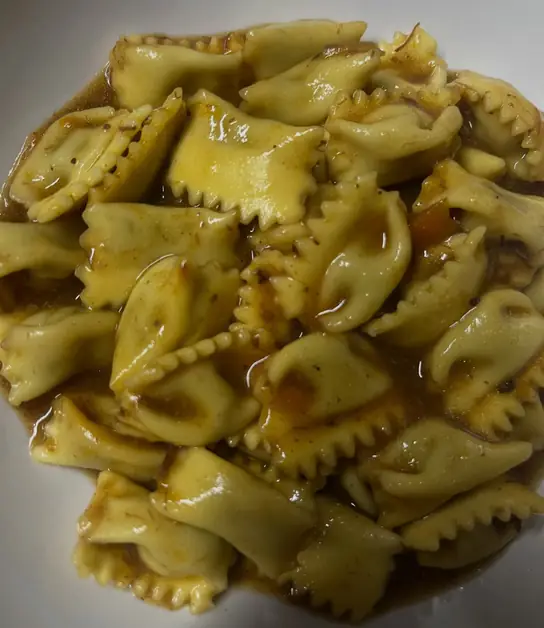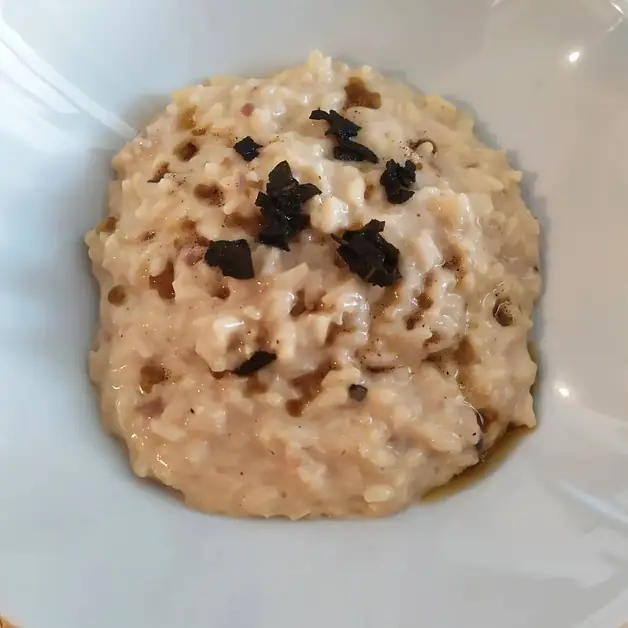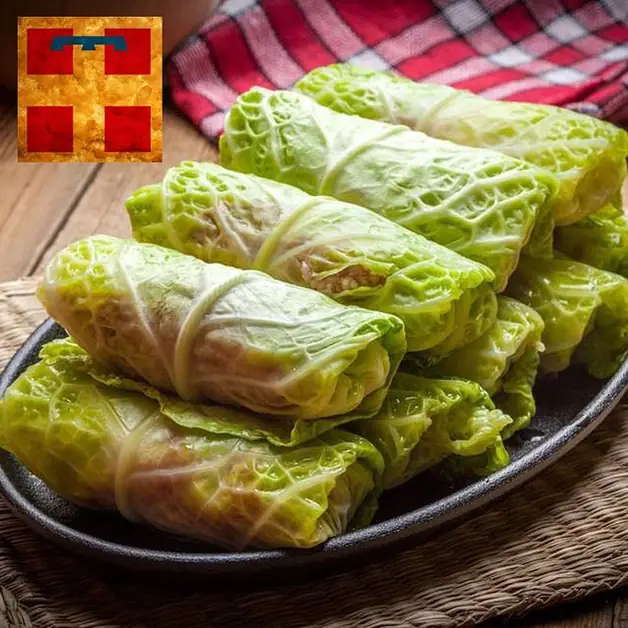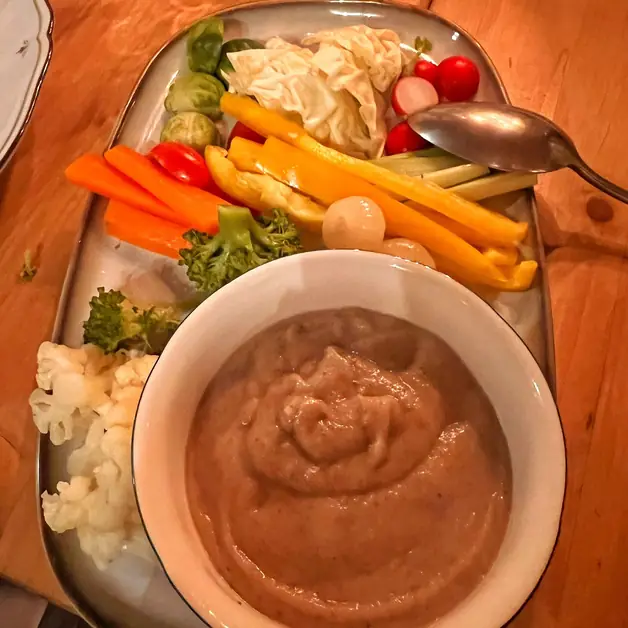Toma Biellese the cheese of the alpine valleys
Toma Biellese is a traditional cheese from the Piedmontese alpine valleys, symbol of local gastronomy.
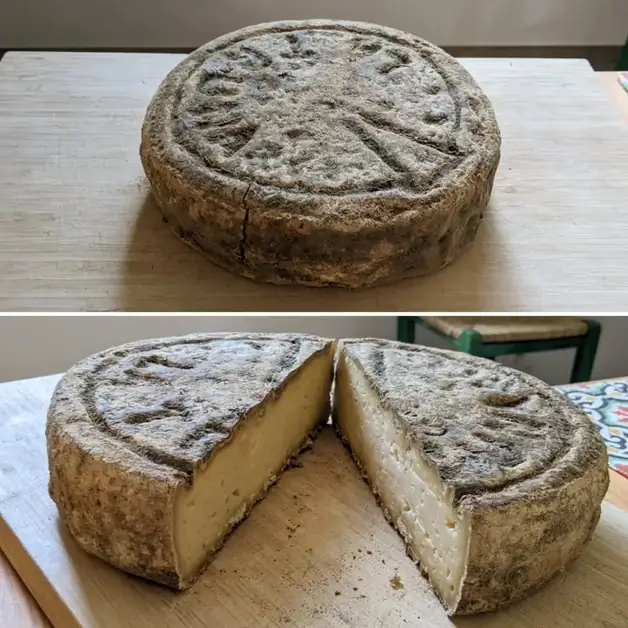
What is Toma Biellese?
Toma Biellese is one of the most representative cheeses of the Piedmontese alpine valleys. It is a typical dairy processing that has ancient origins and is still made today using traditional methods. It is produced with whole milk from at least two consecutive milkings, coming from the indigenous cattle breed of the Biella valleys, the Pezzata Rossa d’Oropa. This cheese is a pillar of Biellese gastronomy and a symbol of Piedmontese mountain identity.
Where does Toma Biellese come from?
Toma Biellese originates in the alpine valleys of Biella, an area characterized by green pastures and pure air. These pastures, rich in flowers and spontaneous herbs, give the milk a unique aroma that is reflected in the cheese's flavor. The local dairy tradition dates back to the Middle Ages, when shepherds produced the toma to preserve milk during the winter. Even today, in the local malghe and alpine pastures, the processing follows ancient rhythms and techniques.
What breed of cattle is used to produce Toma Biellese?
Toma Biellese is made with milk from the Pezzata Rossa d’Oropa, an indigenous cattle breed raised in the Biella valleys. This cow is distinguished by its resistance to harsh climates and the exceptional quality of its milk, rich in proteins and fats. The natural diet based on grass and hay contributes to making the milk aromatic and nutritious, ideal for producing high-quality cheeses.
How is Toma Biellese produced?
The production of Toma Biellese still takes place today using traditional methods: 1. Heating the milk: the whole milk from two consecutive milkings is heated to a temperature of about 35-37°C. 2. Adding rennet: natural rennet is added to promote coagulation. 3. Breaking the curd: the coagulated mass is broken until granules the size of a hazelnut are obtained. 4. Cooking: the granules are slowly heated to promote whey drainage. 5. Molding and pressing: the curd is placed in molds and pressed for several hours to eliminate residual water. 6. Salting and aging: the forms are salted and left to mature for a period that can last up to 4 months. During aging, the forms are regularly turned and cleaned to ensure uniform maturation and a compact, fragrant rind.
What are the characteristics of Toma Biellese?
The paste of Toma Biellese is soft but compact, light straw-yellow in color, with small holes distributed evenly. The rind is thin, beige or light brown, and tends to become more consistent with aging. The taste is sweet and delicate in the first months of maturation, while over time it enriches with more intense and aromatic notes. The aroma is herbaceous, with hints of fresh milk and hay. It is precisely thanks to the mountain milk and the care in processing that Toma Biellese develops an authentic and harmonious flavor.
How long does Toma Biellese age?
Toma Biellese can be consumed fresh after a few weeks, but it reaches its full expression after 4 months of aging. During this period, the cheese matures slowly, gaining consistency and aromatic complexity. In the long months of rest, the paste compacts, the rind hardens slightly, and the flavor becomes more intense and persistent.
How is Toma Biellese served?
Toma Biellese is an extremely versatile cheese. It can be served as an appetizer, accompanied by honey or fruit jams; as a second course, with rye bread or steaming polenta; or in cooking, to prepare fondues, risottos, or baked dishes. Its ability to melt evenly makes it perfect for traditional Piedmontese dishes, such as polenta concia or gnocchi alla biellese.
What wines pair well with Toma Biellese?
Toma Biellese pairs perfectly with medium-bodied Piedmontese red wines. Among the best pairings are: Nebbiolo del Biellese, for an elegant and harmonious match; Barbera d’Asti, which enhances its sweet and aromatic notes; Dolcetto d’Alba, ideal with the more aged Toma. Even a white wine like Erbaluce di Caluso or a fresh rosé can enhance its delicacy and creaminess.
What is the cultural value of Toma Biellese?
Toma Biellese is not just a cheese: it is a symbol of mountain tradition and the bond between man and nature. Each form tells the story of a territory and its people, of life in the alpine pastures and the work of cheesemakers who, with patience and dedication, keep an ancient practice alive. It is a product that encapsulates centuries of gastronomic culture and still represents Piedmontese excellence in the world. It is no coincidence that it is often the protagonist of fairs and events dedicated to typical products from Biella and the Alps.
Where can you taste Toma Biellese?
To enjoy Toma Biellese in its most authentic version, one must visit the malghe and farms of Biella, where it is still produced artisanally. In local trattorias, it is served as an appetizer or as a main ingredient in typical mountain cuisine dishes. During events such as the Fiera della Toma di Biella or summer festivals dedicated to alpine products, it is possible to taste different ages of Toma and discover all the nuances of its flavor.
